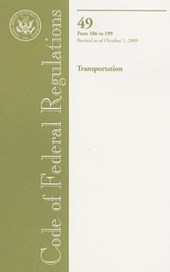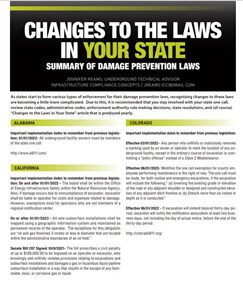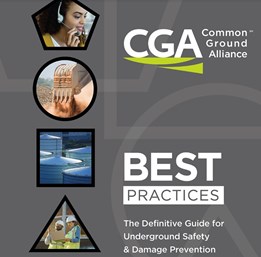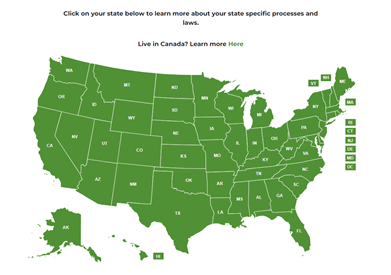z
Pipeline Basics
The Pipeline Awareness Newsletter, released annually, provides articles to educate Public Officials about pipeline safety and awareness.
This application provides information for the five member pipelines closest to a specific location (if the information has been provided).
PIPELINES NEARBY does NOT include all pipelines and will NOT satisfy the legal requirement to notify 811 before excavating.
49 CRF Part 196 - Protection of Underground Pipelines from Excavation Activity
This Federal Regulation prescribes the minimum requirements that excavators must follow to protect underground pipelines from excavation-related damage. It also establishes an enforcement process for violations of these requirements.
We invite you to join us in spreading this life-saving message. By sharing our social media posts, you can educate your community on how to live and work safely near the critical pipelines in your community.
Emergency Response Resources
A
The Pipeline Emergency Response Guidelines were created to provide a comprehensive resource for reference prior to and during a pipeline emergency.
Learn how to respond to a pipeline emergency by considering scenarios and case studies.
PipeVision provides emergency response agencies detailed information about pipelines in their jurisdiction including an initial evacuation distance from the line during and emergency. The application also includes a mechanism for agencies to collaborate with pipeline operators by submitting information regarding populated areas (identified sites) near these pipelines.
The Pipeline Information Management Mapping Application (PIMMA) for use by pipeline operators and federal, tribal, state, and local government officials. You must have an NPMS account to access PIMMA. PIMMA allows you to view, query and print NPMS pipeline maps, including hazardous liquid and gas transmission pipelines, liquefied natural gas (LNG) plants and breakout tanks.
Development and Damage Prevention Resources
Excavation Safety Guide Pipeline Edition
The Excavation Safety Guide (Pipeline Edition) is intended for use by professional excavators and includes state One-Call laws, tips for safe digging near pipelines and a poster to share with employees.
Permit applicants and public works departments planning to dig, grate, clear ditches or operate heavy equipment on or near the location of underground pipelines or utility lines are encouraged to use this safety checklist
PIPA is an initiative of pipeline safety stakeholders, supported by the Pipeline & Hazardous Material Administration (PHMSA), to identify and recommend practices related to risk-informed planning for development around transmission pipelines.
As states start to form various types of enforcement for their damage prevention laws, recognizing changes to these laws are becoming a little more complicated. Due to this, it is recommended that you stay involved with your state one call, review state codes, administrative codes, enforcement authority rule making decisions, state resolutions, and (of course) “Changes to the Laws in Your State” article that is produced yearly.
The CGA Best Practices Guide is the original, and still most popular, industry resource for ensuring the safety of those who work or live near underground facilities. The Best Practices manual includes more than 130 practices that cover all phases of the 811 process, agreed to by 16 stakeholder groups.
Resources to Share with Your Community
This downloadable PDF contains safety information to share with your community. Also available in Spanish, Chinese, and Vietnamese.
This application provides information for the five member pipelines closest to a specific location (if the information has been provided).
PIPELINES NEARBY does NOT include all pipelines and will NOT satisfy the legal requirement to notify 811 before excavating.
Calling 811 automatically routes you directly to your local 811 center. The state map on this website provides you with additional details on each 811 center, as well as specific guidelines for your state. If your state accepts online requests from homeowners and contractors, you will see buttons for "Online Requests."
Click on the province or state in which you are planning to dig for information about the notification service in that area. Follow the links to visit the local damage prevention center website or click the HOMEOWNER or CONTRACTOR button to place a locate request for that region.
Check out decorated barrel man and 811 spokesman on social media, the Cowboy Channel, or a rodeo near you!
School Pipeline Safety Partnership
The School Pipeline Safety Partnership is a collaborative effort of PAPA, The Smalley Foundation and diligent pipeline operators and school officials across the nation that are dedicated to school pipeline safety.




















